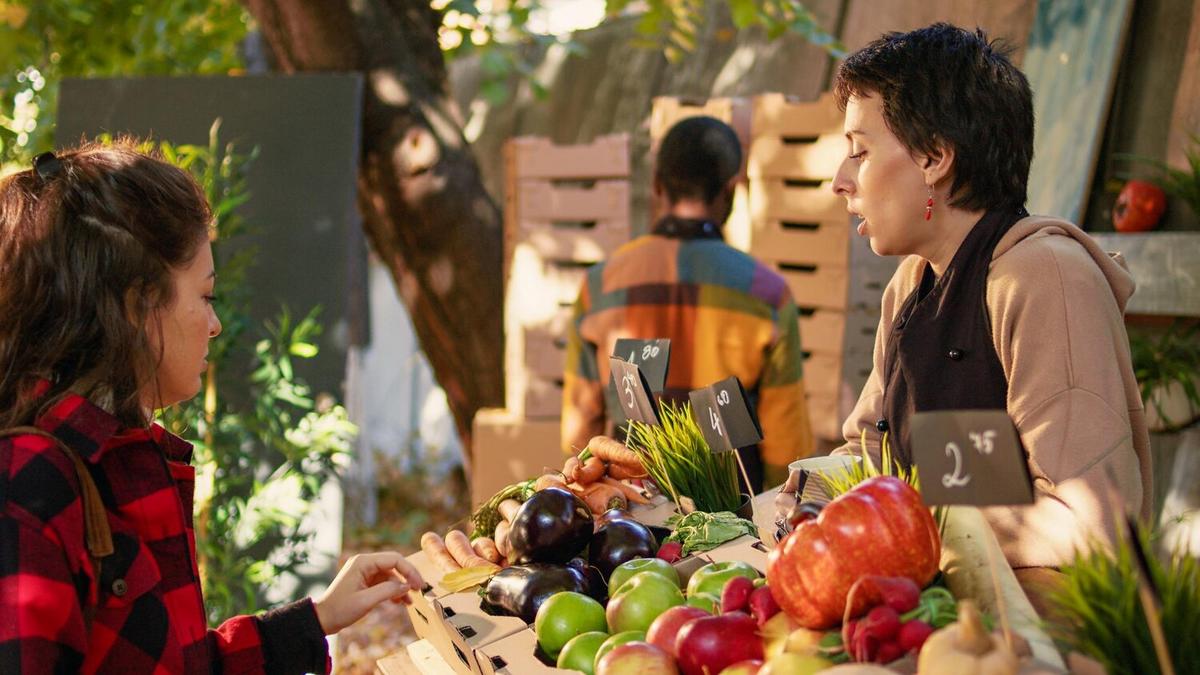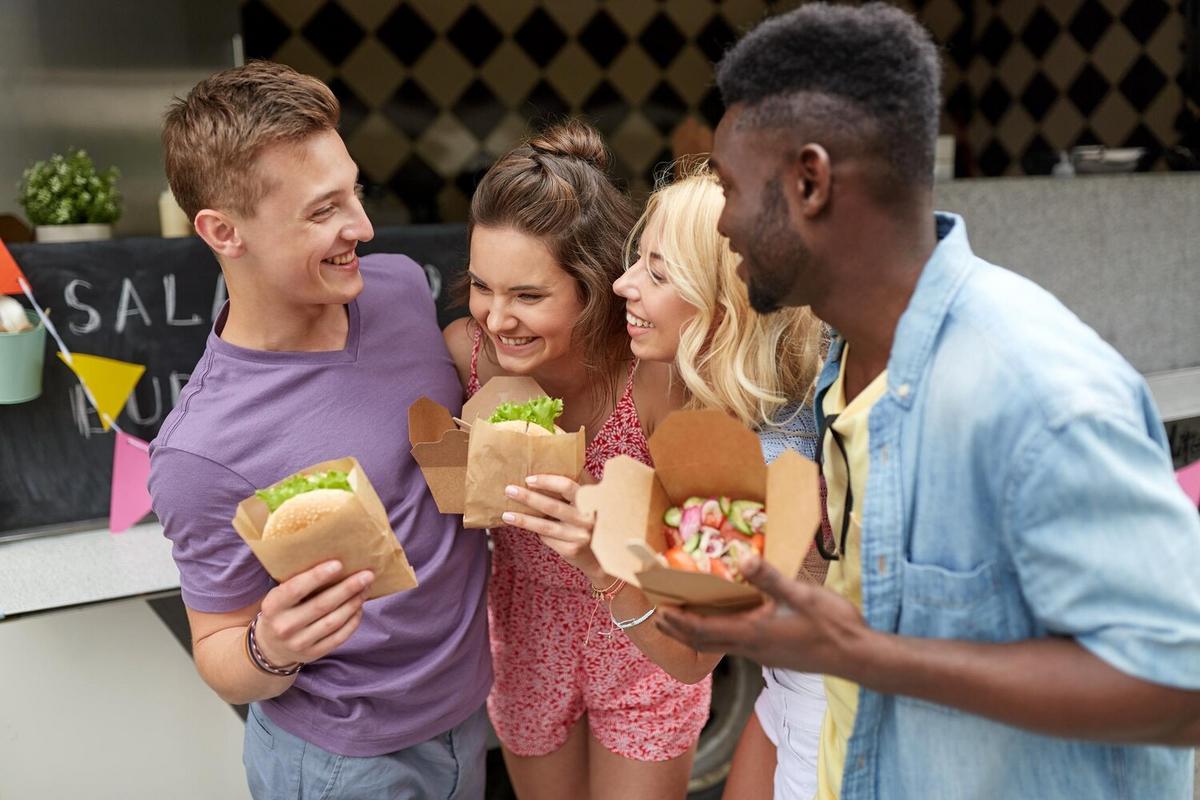
Food Photography: Capturing the Perfect Dish in the Digital Age
The art of food photography has evolved dramatically with the rise of digital platforms, turning every meal into a visual feast. Capturing the essence of a dish in the digital age requires more than just a good camera; it demands an understanding of light, composition, and the story behind the food.
Food photography today is more than snapping a quick picture of your dinner plate. It is about telling a story, enticing the viewer’s senses, and capturing the vibrant colors and textures that make a dish irresistible. According to a study by Statista, over 60% of people are influenced by food images they see online when deciding where to eat. This statistic underscores the power of a well-captured food image.
Understanding the Basics
Before diving into advanced techniques, it’s essential to master the basics. Natural lighting is crucial; it highlights the natural colors and avoids the harsh shadows artificial lighting can create. Composition, too, plays a vital role. Consider the rule of thirds, a principle that suggests placing the subject off-center to create a more engaging image. As photographer Andrew Scrivani suggests, “A well-composed food photograph is like a well-prepared dish; it needs balance, color, and a focal point.”
Tools of the Trade
While a DSLR camera is a staple for professional food photographers, smartphones have become increasingly powerful tools. With the right apps and a bit of practice, you can achieve remarkable results. Editing tools like Adobe Lightroom can enhance colors and correct lighting, bringing out the best in your food shots.
Personal Anecdotes
One memorable experience involved a weekend brunch with friends, where a simple stack of pancakes became the star of my Instagram feed. Using soft window light, I captured the syrup cascading down the sides, and the response was overwhelmingly positive, proving that sometimes simplicity is key.
Actionable Tips
- Experiment with angles: A top-down shot works well for dishes with intricate designs, while a side angle can emphasize layers.
- Use props wisely: A sprinkle of herbs or a textured cloth can add depth and context to your photo.
- Focus on the details: Highlight the textures and colors that make the dish appealing.
Pro Tip: Always take multiple shots from different angles and lighting conditions to ensure you have options to choose from later.
Comparison Table: DSLR vs. Smartphone
| Feature | DSLR | Smartphone |
|---|---|---|
| Image Quality | High resolution, more control | Improved with software enhancements |
| Portability | Bulky | Highly portable |
| Ease of Use | Requires learning | User-friendly |
| Cost | Expensive | Varies, generally cheaper |
| Editing | Professional software required | Built-in apps available |
FAQs
How important is lighting in food photography?
Lighting is crucial as it highlights the natural colors and details of the dish, making it more appealing.
What are some common mistakes in food photography?
Common mistakes include poor lighting, cluttered backgrounds, and lack of focus on the main subject.
Can I use my smartphone for professional food photography?
Yes, with the right techniques and editing tools, smartphones can produce high-quality images.
Conclusion
Food photography is a blend of art and technique, where understanding the fundamentals can elevate your images from ordinary to extraordinary. Whether you’re using a DSLR or a smartphone, the key is to practice, experiment, and let the food tell its story. For more insights and tips, explore resources like Food Photography Blog and keep experimenting with your style. Capture, create, and share the beauty of food with the world.


